Is your PC not booting after updating BIOS? Some users have reported that they can’t boot their computers right after installing a BIOS update. While the issue is likely to occur due to a failed BIOS update, many users have reported that the problem arises even after a successful update.
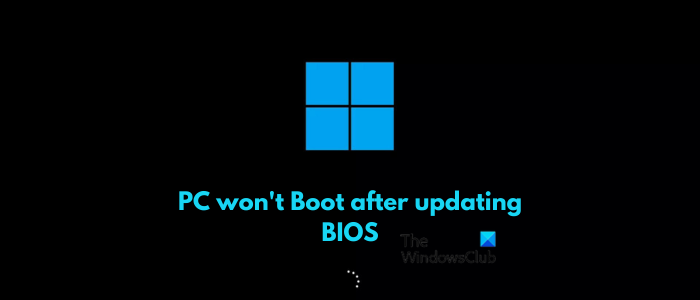
There can be different reasons why you may get this issue. An unsuccessful or interrupted BIOS update could be a reason for the same. However, there can be other reasons, like motherboard issues, incorrect BIOS configurations or damaged Windows OS.
What happens if BIOS update goes wrong?
If BIOS is not updated correctly or the update fails or is interrupted, you will run into boot issues on your computer. The system won’t boot, or you might face different errors while booting your computer. You can try flashing your BIOS again or recover your BIOS when an error message appears.
PC won’t boot after BIOS Update
If your Windows computer is not starting or booting after updating BIOS, here are the troubleshooting methods you can use to fix the issue:
- Downgrade the BIOS
- Reset CMOS.
- Check if you can boot into Safe mode.
- Use Startup/Automatic Repair Tool.
- Try changing your BIOS settings.
- Reflash the BIOS.
- Rebuild MBR and BCD.
- Repair or replace your motherboard.
- Reinstall Windows using installation media.
NOTE: Since a BIOS update has caused this issue, your primary focus has to get access to Safe Mode or the Advanced Startup Options screen so that you can carry out the required operations, one among which is to roll back the BIOS update.
1] Downgrade the BIOS
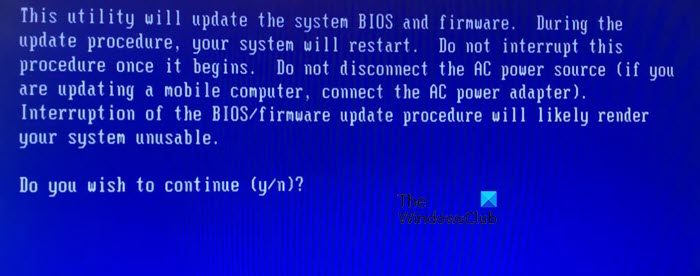
To downgrade BIOS on a Windows computer, you need first need to download the BIOS’s exe file from the OEM manufacturer and follow the instructions mentioned in the linked posts.
Be careful when doing this – and you should know what you are doing. If you are not familiar, take the help of a computer expert.
Read: Computer stuck on BIOS Splash Screen
2] Reset CMOS
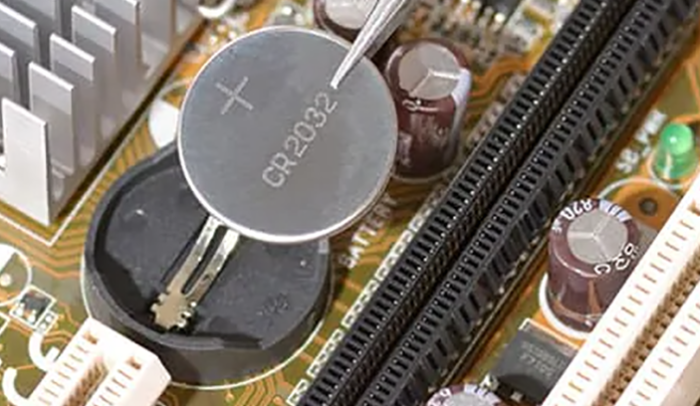
The first thing you can do is try resetting CMOS and see if it helps you boot into Windows normally. CMOS battery helps the BIOS or UEFI to save the hardware configuration data. Clearing your CMOS might help you to get your PC booted. To do that, here are the steps you can follow:
- First, disconnect all peripheral devices that you have attached to your PC.
- Next, shut down your computer completely.
- Now, disconnect the power cord of your PC and remove the battery in case of a laptop.
- Next, wait for a minute or so and open your computer cover.
- After that, remove the CMOS battery using a screwdriver or remove the wire from the onboard header, as applicable.
- Now, wait for an hour, reseat the battery, and put the PC cover back.
- Finally, connect the power cord of your PC and connect other peripheral devices as well.
See if you can boot your PC now.
You can also take the help of a professional or a computer enthusiast if you are unfamiliar with PC cases and motherboards.
Read: The TPM could not be initialized after BIOS update
3] Check if you can boot into Safe mode
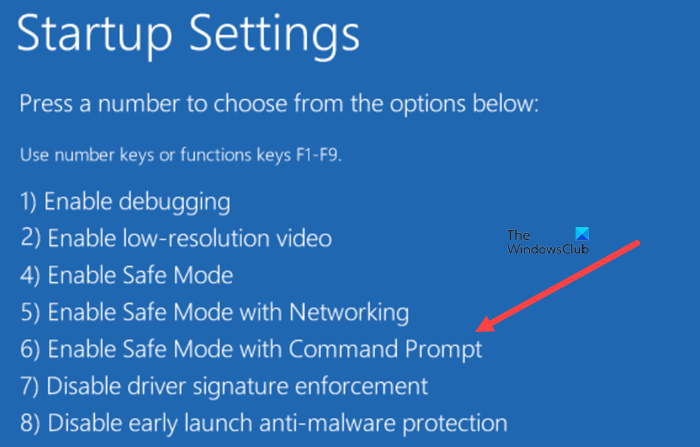
You can also try booting into the Safe mode and then troubleshooting the problem. To do that, here are the steps you can follow:
First, you must create an installation media on another computer using Windows Media Creation Tool. And then, connect a bootable USB drive to your computer and reboot your computer.
Next, press the F8 key (depending on your motherboard) while the system is starting to access the boot settings.
After that, move to the Boot tab using the arrow keys and boot from the created bootable drive. Then, click on the Repair your computer button.
On the next screen, go to Troubleshoot > Advanced Options > Startup Settings and press the Restart button. Next, press the 4, 5, or 6 key to boot into safe mode as required. Check if the PC is booting now.
Once here, you should take steps to downgrade the BIOS or cary out the other instructions mentioned in this post.
See: Windows computer won’t boot after enabling Secure Boot.
3] Use Startup/Automatic Repair Tool
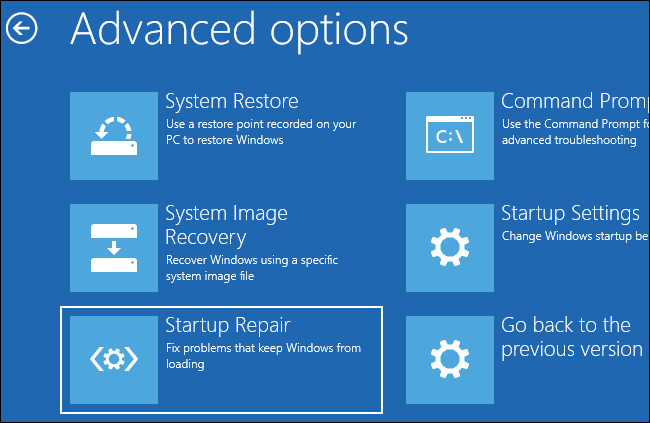
You can also try using the Automatic Repair Tool to check if it can repair your Windows boot issues or not. To do that, boot into Advanced Startup options using installation media as we mentioned in fix #2. After that, press the Troubleshoot > Advanced Options > Automatic/Startup Repair option and follow the prompted instructions to complete the process.
Once here, you should take steps to downgrade the BIOS or cary out the other instructions mentioned in this post.
See: Fix Windows computer will not boot up, start or turn on.
4] Try changing your BIOS settings
If you can’t boot Windows after updating BIOS, tweak your BIOS settings or reset them to fix the issue. You can check the ideal settings for your motherboard and make changes to your BIOS settings accordingly.
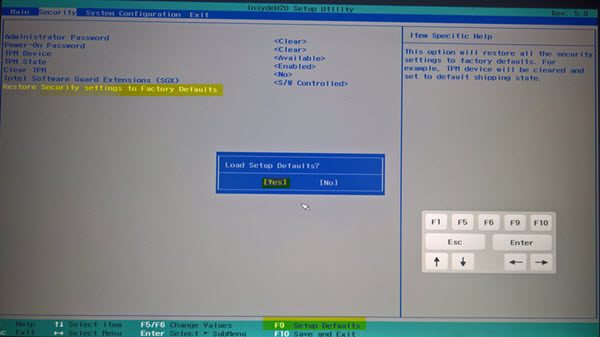
To reset BIOS settings, press the F9 key to bring up the Load Setup defaults dialog. Next, click on the Yes button, and your BIOS settings will be restored to their default values. This process may vary depending on the motherboard you have.
Once done, try rebooting your computer and see if the problem is fixed.
5] Reflash the BIOS
If your PC still doesn’t boot up after the BIOS update, it might be the case that your BIOS is not updated correctly or the update process was interrupted. So, you can try flashing your BIOS again and see if the problem is resolved. Make sure you follow the BIOS updating steps correctly.
Related: Windows computer won’t boot to BIOS.
6] Rebuild MBR and BCD

If that doesn’t help, you can rebuild Master Boot Record (MBR) and check if the issue is resolved. To do that, open the Command Prompt window and enter the below commands one by one:
bootrec /fixmbr bootrec /fixboot bootrec /rebuildbcd
You could also rebuild BCD or Boot Configuration Data file and see if you can now boot Windows normally.
Read: Windows computer won’t boot with second hard drive plugged in.
7] Repair or replace your motherboard
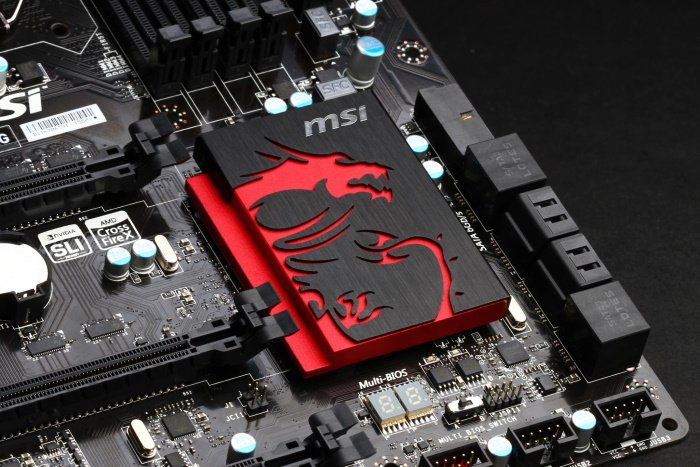
This issue could be a result of a corrupted motherboard. In that case, you must get your motherboard repaired. If it is beyond repair, you must replace it to get your system working again. So, contact a computer hardware store or visit a nearby computer repair shop and fix or replace your motherboard.
Related: Firmware update failed in Windows.
8] Reinstall Windows using installation media
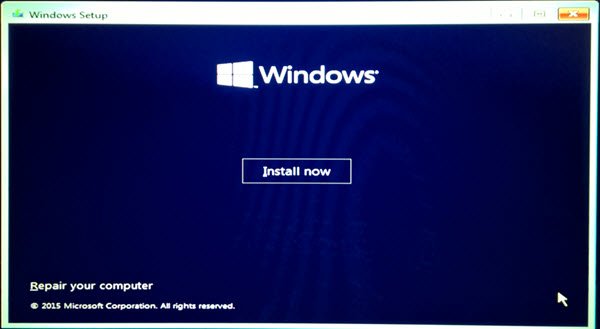
No luck with the above solutions? Well, it might be the case that your Windows OS is gone corrupted, which is why you can’t boot your PC. If the scenario is applicable, you can perform a clean install of Windows on your system and see if the issue is fixed. For that, you can create a Windows bootable USB drive on another PC and use it to reinstall Windows on your computer. Once done, you should be able to boot normally into your system.
I hope something helps!
PC shut down during BIOS update and now won’t turn on
If your Windows PC shuts down during a BIOS update and now won’t turn on, the only fix in this case would be to see if using a Windows bootable media helps you. If that does not help, you might have to take it to Hardware Support and maybe replace the motherboard.
Read: Computer boots to a black or blank screen with a blinking cursor.
How do I fix my computer not booting after BIOS update?
To fix boot issues after performing a BIOS update, you can try clearing CMOS. If that doesn’t help, reflash BIOS and see if it helps. Also, check if you can boot into the Safe more or run Automatic Repair to fix the problem. If the problem persists, contact your hardware support engineer to check your motherboard.
Also read: How does Windows boot? Description of the Windows boot process.